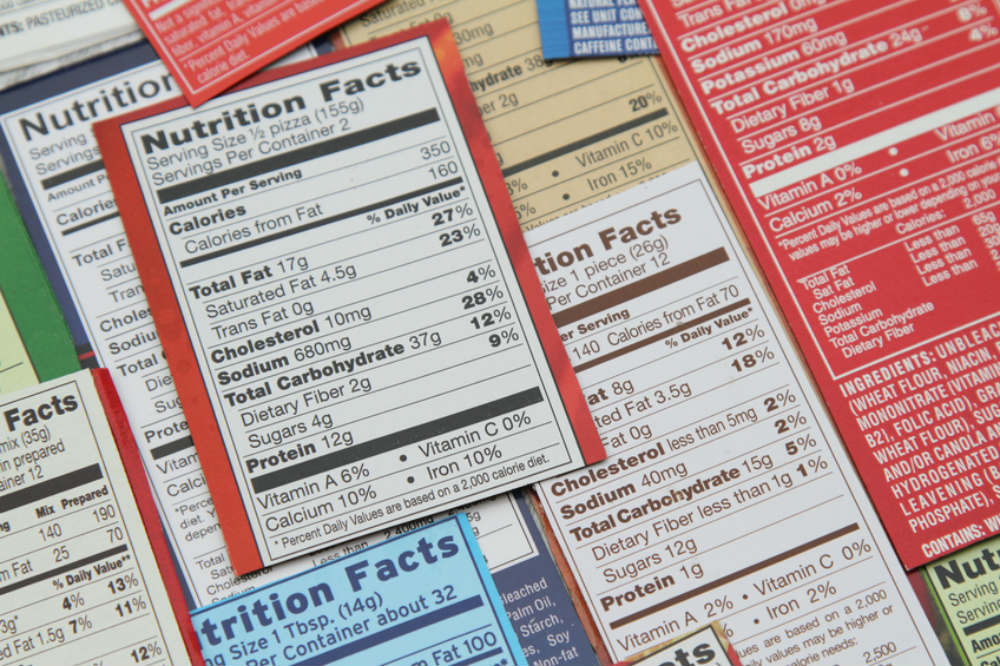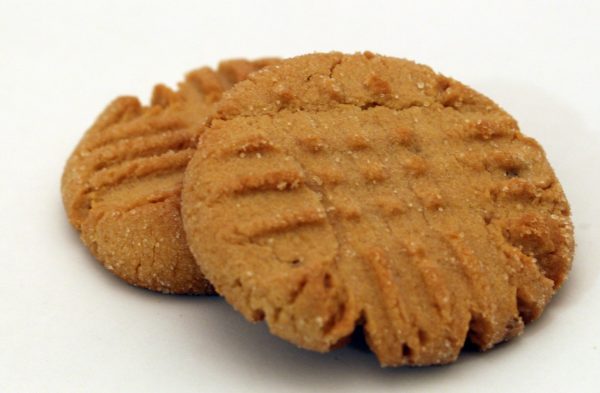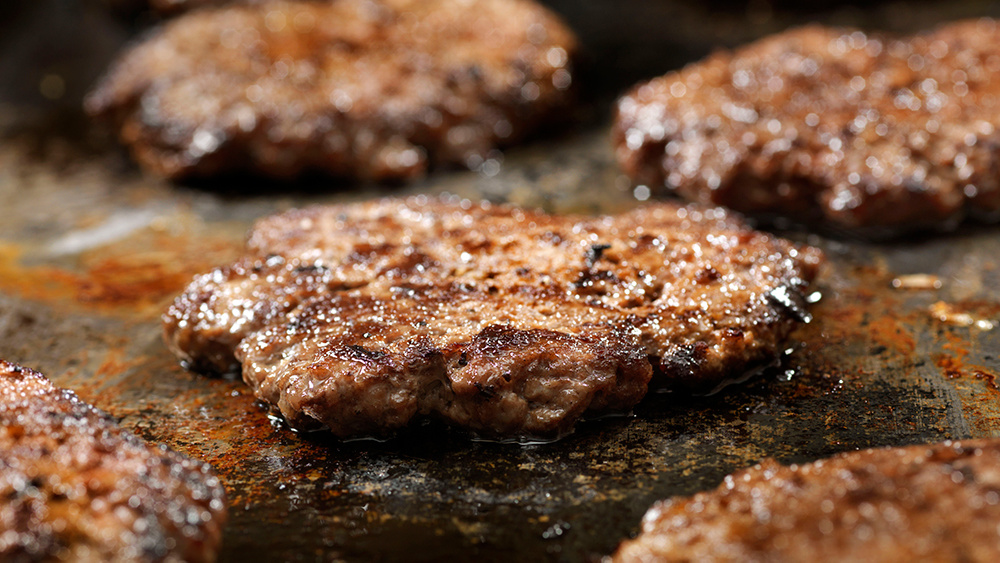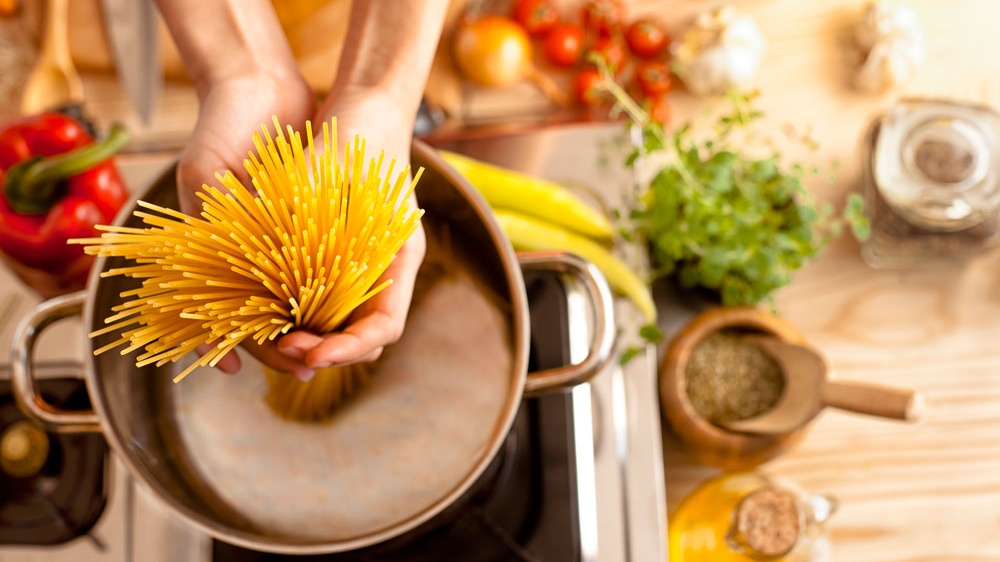How I Read a Label

 Add to favorites
Add to favorites
When I was a young girl of 12, I became obsessed with weight. Twiggy was the supermodel at the time and she was rail thin. I thought I needed to be like that. I wasn’t obese by any means. Turns out I was a normal 12-year-old, but I was worried I was too fat to be in my sister’s wedding so I started trying to diet.
The first thing I did was go buy a tiny book that listed the number of calories in various foods. They sold these little pocket versions by the checkout at the grocery store. I bought one of those books and rather than carry it around with me, I set out to memorize it.
I did memorize it.
I did such a good job that as I grew older, I could still recite what was in that little manual. I knew the calorie count for all my favorite things.
I knew a hard-boiled egg was 75 calories.
I knew an 8 oz glass of whole milk was 140.
I knew a tablespoon of peanut butter was 90.
I memorized pages of items that I wanted to be able to eat. I was told it was all about counting calories. I was good at math.
Trouble is, that wasn’t really what I needed to learn. That was the conventional wisdom at the time, but even though I counted calories like a maven, I gained weight.
What I know now is different. Reality and new science prove it wasn’t about calories in/calories out. It was really about what you eat and how your body decides to process it.
What I’ve done is try to boil down the mystery of the label and let you in on what I focus on. Of course, there’s lots more chemistry to it all, but when you’re in the store and you have to set your priorities and get out of the store before nightfall, this is a quick tutorial to set you on your way.
The biggest culprit is the sugar we eat, and the quantity. We all know Americans eat more sugar than ever, and it comes in so many different forms. We know now that the “white stuff” is bad. It’s full of carbohydrates (sugars). So pasta, potatoes, rice, bread, and all the rest are eaten in quantities our bodies can’t handle. Then there are the sugars in drinks and more. I could go on and on.
The point is, my focus has changed. I don’t look at a label on a can or a box the same way now. I used to just focus on how many calories that new cracker had. Or that new chip. Because if it all revolved around calories that’s all I needed to know.
Now, I barely glance at the calories and that is not my first priority or even my second. It’s only a curiosity now.
My first target is the line that says carbohydrates. I check how many grams of carbs are in that particular item. Let’s pick out a cracker. I don’t eat many crackers these days but I might have three if I am serving a dip as an appetizer.
So let’s say the carbohydrate count is 21 grams. If I see anything that says 21 grams, I am suspicious that it might be something I’d skip. The next step is serving size. If that serving size says 3 crackers that means there are 7 in each cracker. Too much for me. I only eat maybe 80 grams of carbs per day and even veggies have carbs in them (and fruit too) so I’m not going to waste 1/3 of my carbs on 3 crackers. But if the serving size says 13 like it does with Mary’s Gone Crackers, I’ll happily eat 3. I don’t want more than 4 – 6 grams of carbs that come from wheat per meal. That would be my limit. So I’m not paying attention to calories. I’m setting my limit on the quantity I’ll eat based on carb total and the serving size.
For a dessert, my goal is less than 15 grams of carbs. So let’s say I want ice cream from the freezer section. If I find one that has a one-cup serving is 23 grams of carbs, I’ll eat a ½ cup or even 1/3 will satisfy me. I just wanted a treat. The math is not difficult. You just need to get used to it.
What else do I look at?
I look at the ingredients list. I want to keep my sugar down as far as possible and sugar comes in many forms; including sucrose (table sugar) which will be listed on the label as sugar.
So before I even buy the product, I check to see where sugar is listed on the ingredients list. You’d be surprised how many products have sugar in them. Even spaghetti sauce usually has sugar in it. Luckily, there are a few brands that don’t, so if I can’t make my own spaghetti sauce, I buy those. Or I employ this simple trick.
Read the ingredients list. See how far down sugar is on the list. If it’s WAY down….way toward the end of the list, I can assume there is very little in it. The first ingredient is what is in there in the largest quantity and then it counts down. So if wheat is the first ingredient in the cracker, then it’s likely to have a higher carb count. If sugar or high fructose corn syrup or any of the other, many, names for sugar are toward the top that means that item has a lot of sugar in it. Steer away.
A couple of other quick notes. On boxes and cans, you can also look for ingredients that are not natural. If they have a lot of things you can’t pronounce that means this product has a lot of preservatives or artificial flavorings. Steer away from those too. They just mess up your digestive process and are not part of nature.
Two pretty harmless ingredients that are listed in things are guar gum and xantham gum. Don’t worry about those. They are natural thickeners and emulsifiers. Guar gum helps the dressing stay looking like dressing in the bottle; rather than separating out. Xantham gum and guar gum are often used in low-carb baking to help “glue” together with your batter so it forms a fluffy cake.
I hope this is helpful to you on your low-carb journey.
Cheers,

3 Ingredient Peanut Butter Cookies
These cookies are SOOOO good. And no flour! Just be careful what peanut butter you buy and be sure to order the sweetener ahead so you are prepared to bake and eat.
Nothing found.
Smash Burgers
ZSpecialties,Recipes,ZS-5 Ingredients or Less,ZReboot,Featured Posts
Smash burgers are all the rage. Step into a brew pub and you’ll likely find a smash burger on the food menu. These are NOT the huge, 8oz burgers we’ve been fed in the past. These are a thinner burger…
Nothing found.
Who Invented St. Patrick’s Day?
I always knew I was of Irish descent, but I never really knew HOW Irish I was until I got my 23 n Me results back.
Kitchen Hacks for Enjoying Lower Carb Pasta Meals
Enjoy your pasta; just don’t do it too often. Follow hints like this and you’re much less likely to gain weight.






